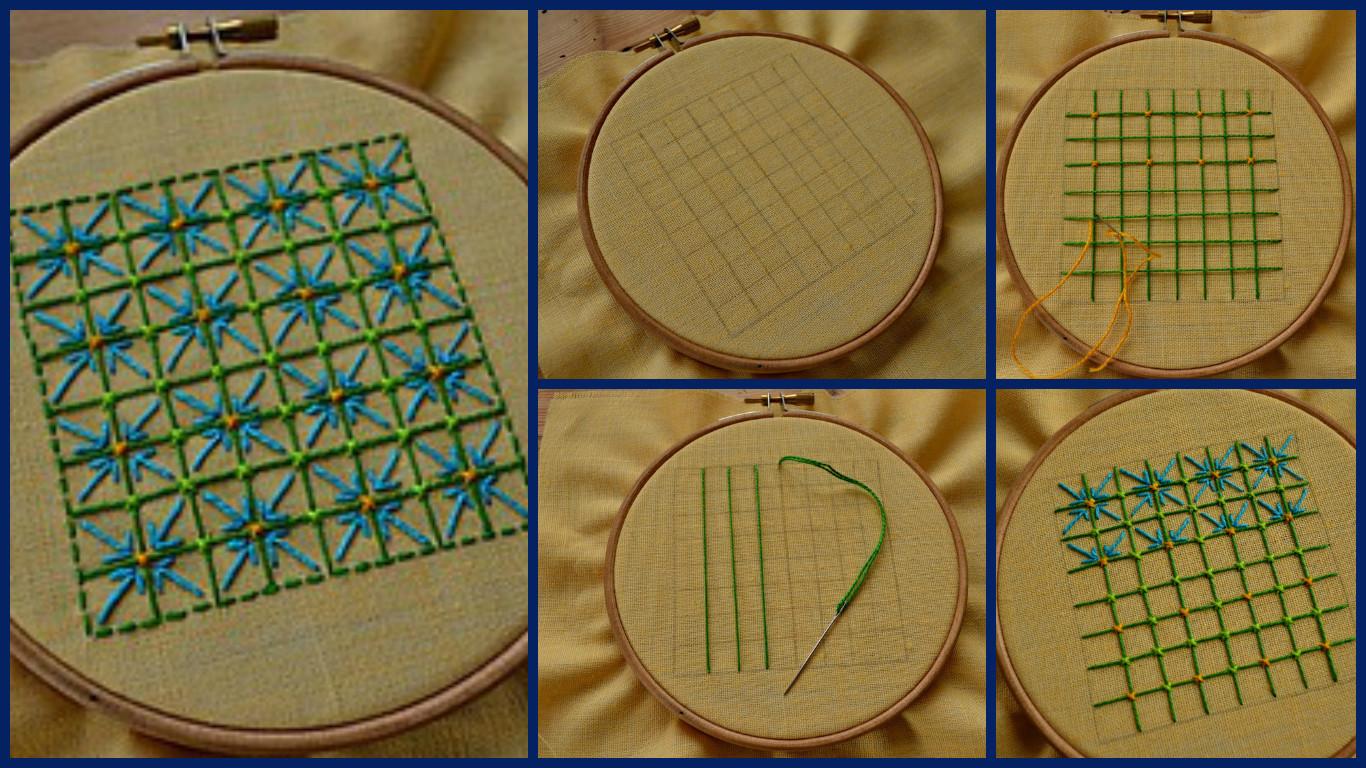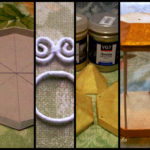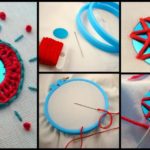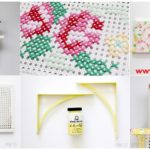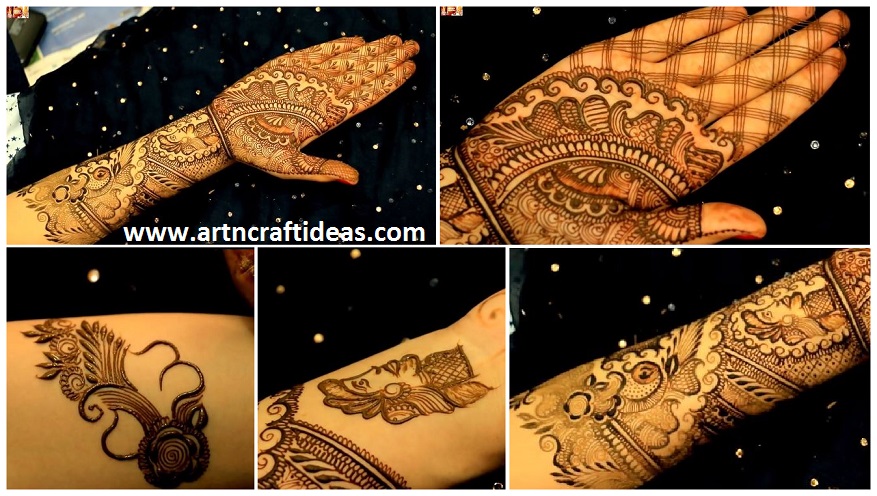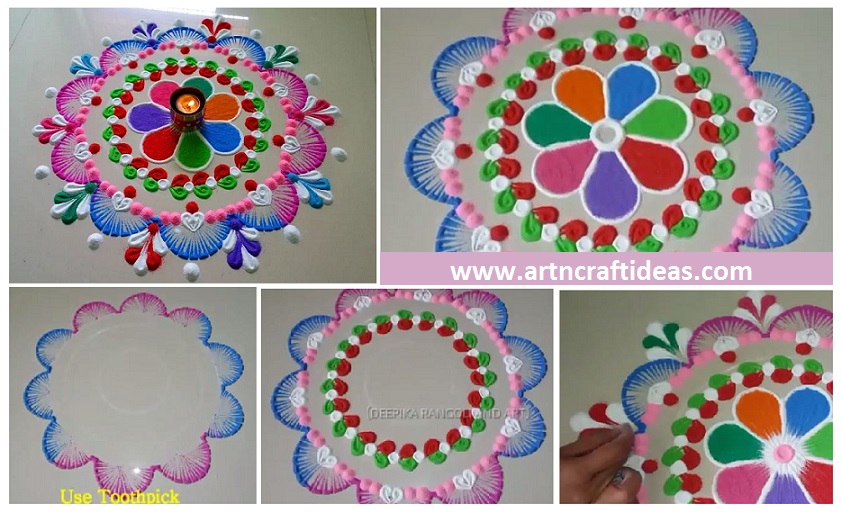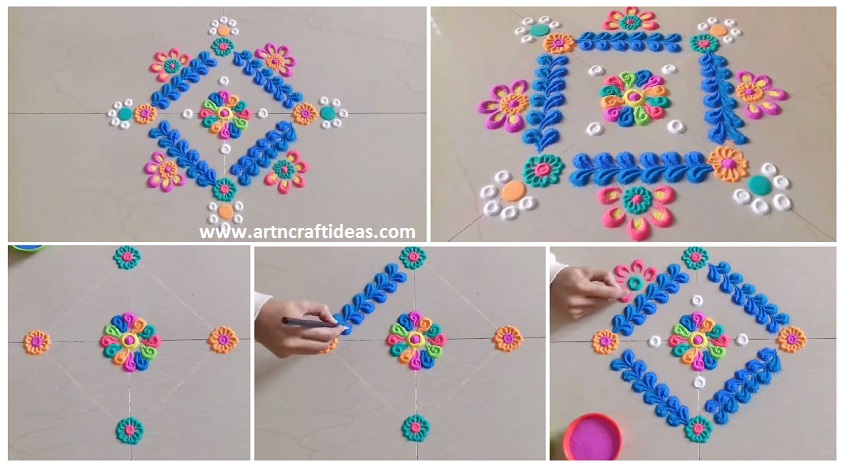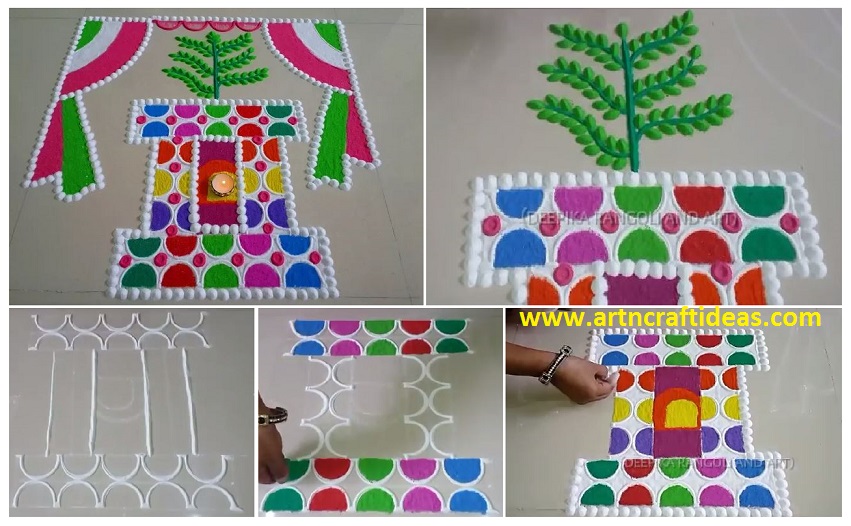
I offer you a simple series of master classes in embroidery technique “fine mesh” or as dubbed this kind of embroidery is my friend, “the cross for the lazy” 🙂
This technique is quite simple and the power of novice needlewomen. Within the loop stretched mesh, which may be straight or diamond. yarn crossing locations are attached to the fabric “clips” that can be in the form of direct or oblique stitches crosses. The resulting grid cells filled with a variety of stitches laid in different directions in a certain way. These stitches – suture knots and rococo, with loops to attach – called “partitions.” The circuit pattern sheathes stalk seam. The decorative grid is usually decorated with tablecloths, napkins, towels, pillows. I decorate this embroidered pouches of herbs.
For embroidery fabric, we need (in my linen), threads (floss, toffee), a needle with a wide eye pencil with a ruler, scissors, and a hoop.
Before you pull the mesh fabric on the pencil mark up the line. The size of the cells may be different – from 0.5 to 1 cm – depending on the pattern. In this case – I charted square 8 cm by 8 cm and a mark up to 1 cm cell.
 Further along the planned lines stretch yarn from left to right, then top to bottom (or vice versa – does not matter). On the contour of a square thread does not stretch at the end of it seem. You get such a grid:
Further along the planned lines stretch yarn from left to right, then top to bottom (or vice versa – does not matter). On the contour of a square thread does not stretch at the end of it seem. You get such a grid: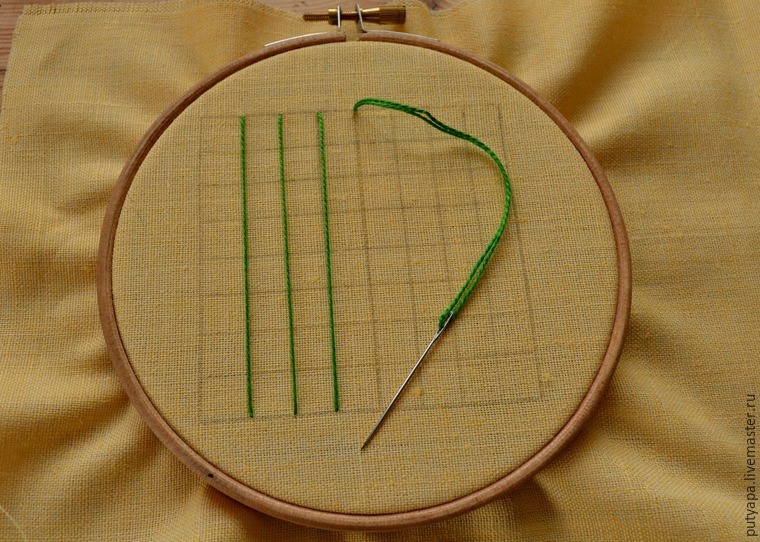

This is the basis of the pattern of the future. (Usually, the grid is performed by threads of dark tones and cutting – lighter, bright).
Next thread intersection we attach to tissue – “staples.” These stitches have not only “functional” role but also decorative, decorating grid. Stezhkami- “clips” can serve as a simple, single stitches or crosses, they can be laid in one direction or in a checkerboard pattern. Typically, these operate with thread stitches a different color (other than the mesh).
In our work, we attach the mesh stitches crosses two colors. First – yellow thread (this “midway” future florets). We carry out these stitches through cell as follows:


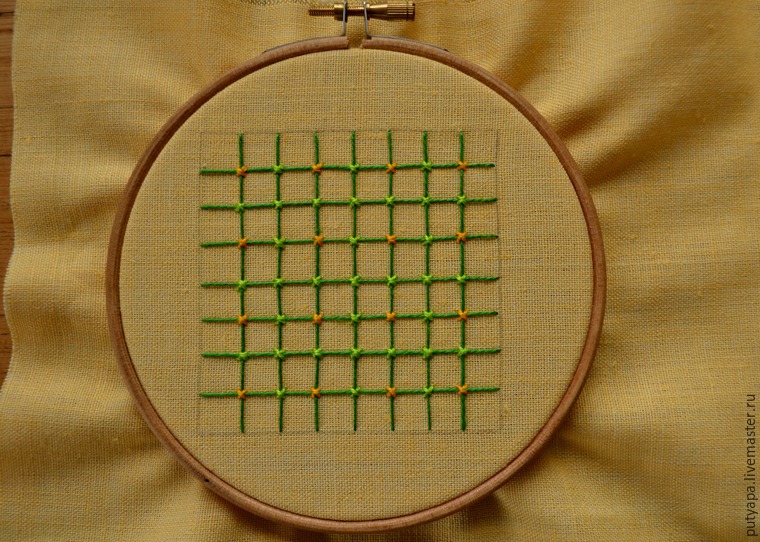 Now, in every cell of the resulting grid, we embroider cuts “legs”. This pattern is made of 3 stitches: 2 small stitches (approximately ) along the 2-sides of the square; and one stitch more – diagonally from one corner to another square. To “paws” to look nice and smooth, we make sure that all 3 stitches joined at one point.
Now, in every cell of the resulting grid, we embroider cuts “legs”. This pattern is made of 3 stitches: 2 small stitches (approximately ) along the 2-sides of the square; and one stitch more – diagonally from one corner to another square. To “paws” to look nice and smooth, we make sure that all 3 stitches joined at one point.
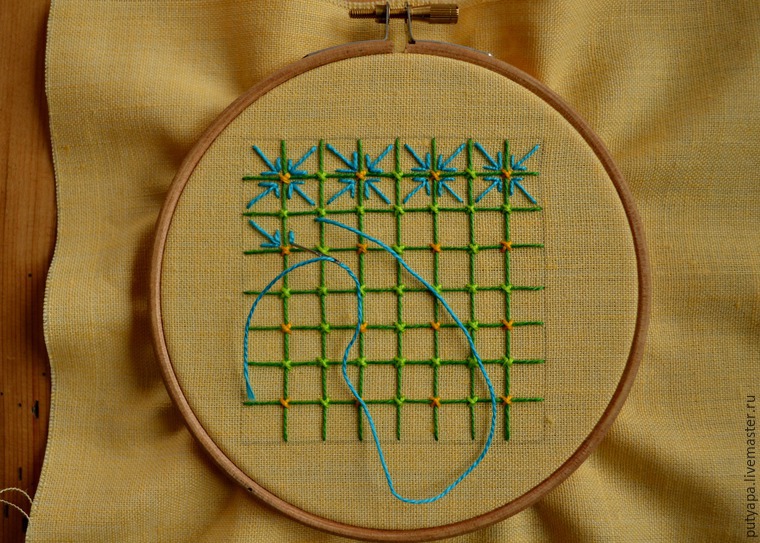
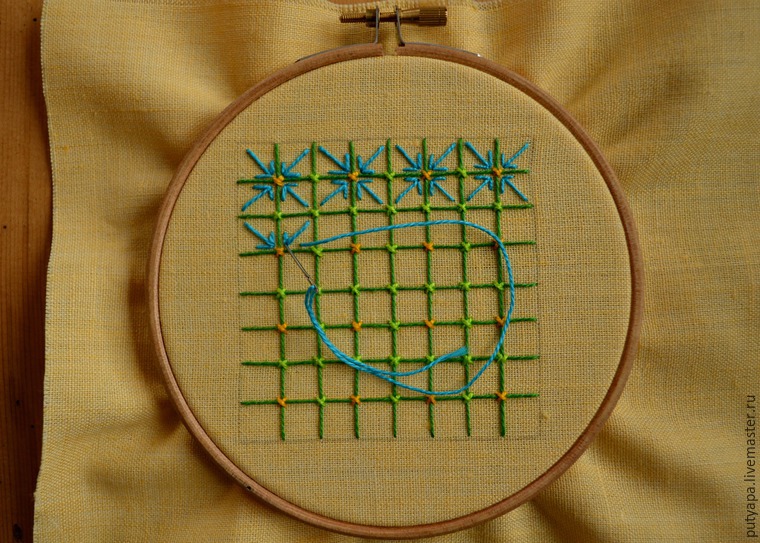 Fill cells “tabs” from left to right, top row first flowers future, then lower.
Fill cells “tabs” from left to right, top row first flowers future, then lower.
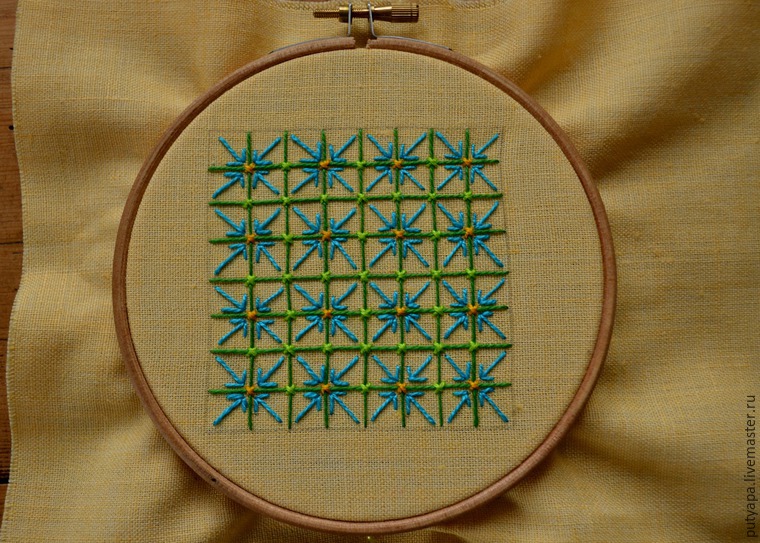 At the end of our work we are sheathed circuit stalk seam or seam “forward needle”. So, our job is ready:
At the end of our work we are sheathed circuit stalk seam or seam “forward needle”. So, our job is ready: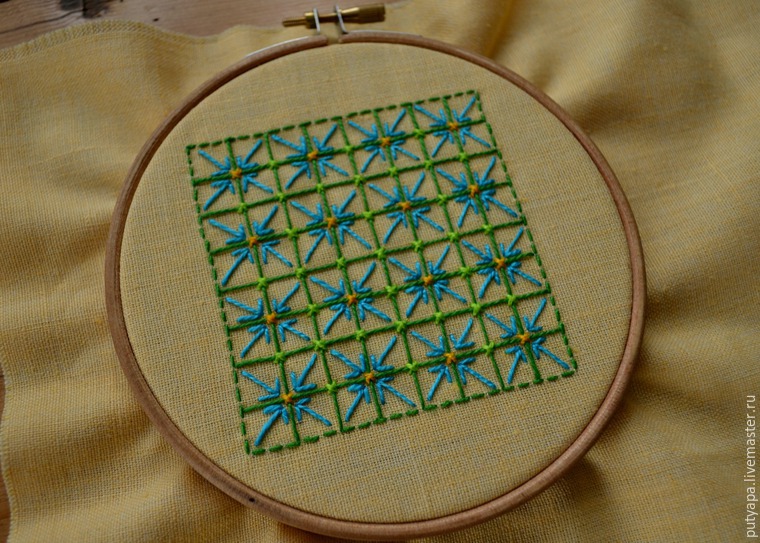 Here is an example of the finished product using this pattern – delicate daisies.
Here is an example of the finished product using this pattern – delicate daisies. I hope my master class was someone interesting and useful. To be continued, Until we meet again!
I hope my master class was someone interesting and useful. To be continued, Until we meet again!
